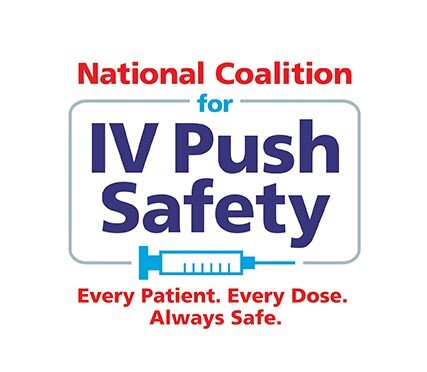With the recent challenges posed by COVID-19 patients who crash unexpectedly after intubation, a listserve discussed IV Push vasopressors (Push-Dose-Pressors or PDP) for an immediate blood pressure response, pending availability of an infusion. I wondered how this could be done safely.
This is not for cardiac arrest, follow ACLS guidelines and EPINEPHrine dosing (1 mg).
While it is prudent to have an infusion ready when anticipating a hemodynamic change, that is not always possible. Research demonstrates a fair amount of literature – particularly in Emergency Medicine, both pro and con for the benefits of PDP. It has been a more common practice in Anesthesia- administered by highly trained clinicians who are focused on a single patient. Compounding sites sell diluted phenylephrine syringes for this purpose- consider using those if stocked.
Medication safety is your overriding concern. Administration of an unfamiliar product risks error in dosing and administration rate. In pediatric resuscitation, the need to make additional dilutions has posed many challenges and errors abound. Thus, I would not advocate for this practice in any setting, but if clinicians are intent on using PDP for adults, I will recommend that it be done with an approved protocol, accompanied with lots of education and tools.
EPINEPHrine PDP uses a 10 mCg/mL dilution- this is NOT an EPINEPHrine prefilled syringe from the emergency drug supply- that is 1 mg/10mL or 100mCg/mL. Further dilution is needed.
1. Draw 9 ml sodium chloride into a 10 ml syringe (from a vial please, not a flush syringe)
2. Add 1 ml EPINEPHrine from the emergency syringe- now this is the tricky part, as you need to attach a needle to the EPINEPHrine syringe from the emergency cart and add it to that 9ml of NaCl. It is NOT best practice to inject from 1 syringe into another!
3. Adding 1 ml of your 100 mCg/mL solution to make a total of 10ml = 100 mCg/10mL = 10 mCg/mL.
4. LABEL THIS SYRINGE EPINEPHrine 10 mCg/mL. Mix gently.
A typical adult dose is EPINEPHrine 5 –20 mCg every 2-5 minutes (0.5 – 2 ml per dose) titrated to BP (but don’t forget fluids and to order an infusion if needed). If you only need to give a single IV dose, adjust the dose in the syringe to the amount needed. This is the best way to avoid an inadvertent overdose of EPINEPHrine.
If the intent is to give serial doses from the syringe, make sure the person pushing it knows how much to use for each dose from the 10ml syringe. LABEL THE SYRINGE. Excessive dosing causes hypertension and tachycardia.
Closing Thoughts
Administer in a reliable IV site (high risk for extravasation and tissue necrosis)
Use these syringes within 1 hour.
If you have a PDP program, decide who may prepare these syringes (ideally pharmacists 24 x 7) and establish a dosing protocol so everyone uses the same approach to mix, label, and administer.

